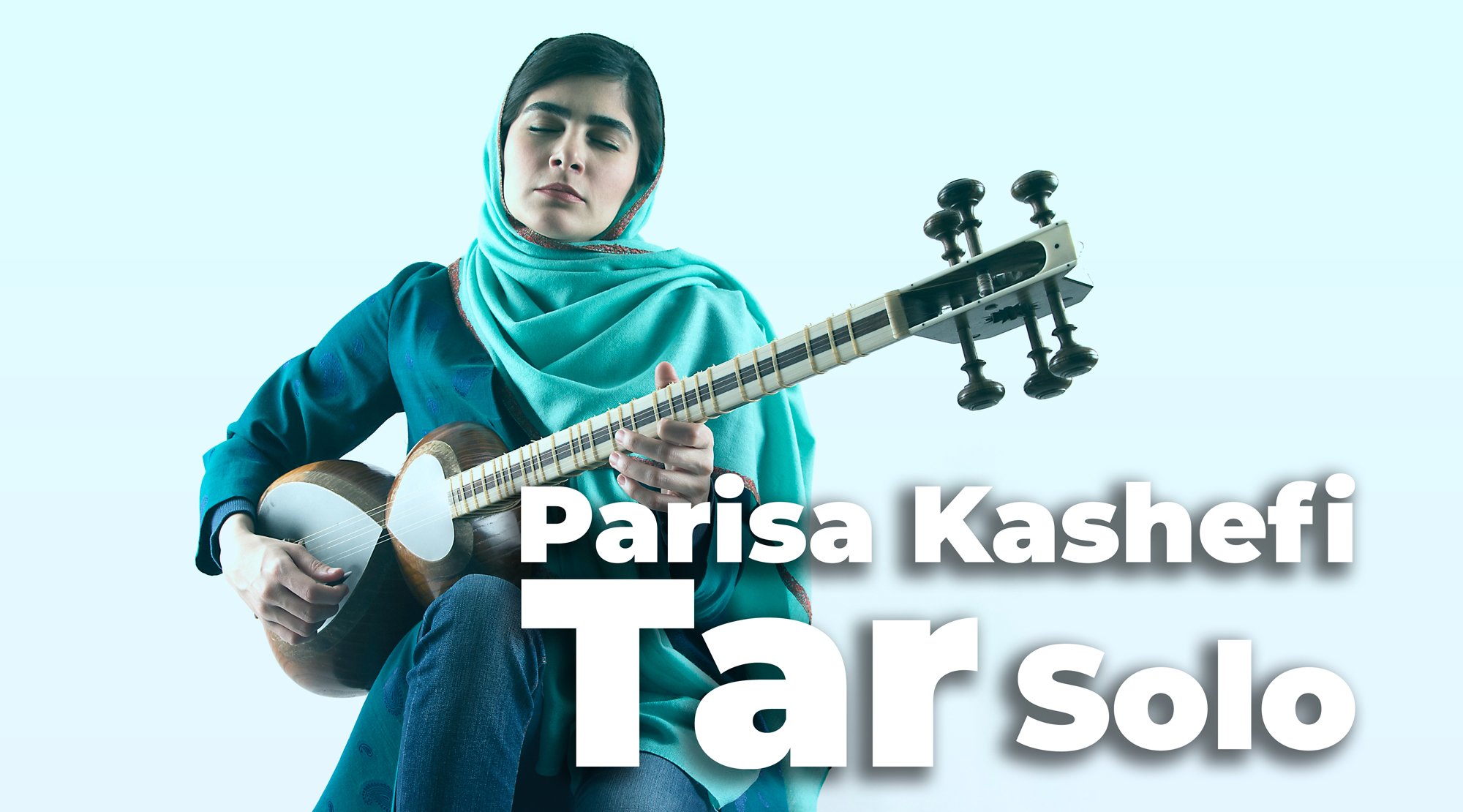
Improvisation in Traditional Iranian Music: A Journey Through Emotion and Expression
Improvisation, or “bādihsāzi” in Persian, is at the heart of traditional Iranian music. This form of music, steeped in history and cultural depth, is characterized by its spontaneous and expressive nature. Musicians rely heavily on improvisation, turning each performance into a unique, unrepeatable journey that reflects the musician’s emotions, skills, and deep understanding of the music’s structure.
The Foundation: Dastgah System
Traditional Iranian music is based on a system of “dastgahs,” which are musical modes or tonal structures. There are twelve primary dastgahs, each with its own unique mood, emotional expression, and musical intervals. A musician improvises within the boundaries of a chosen dastgah, using its set of melodic motifs known as “gushehs.” These gushehs act as a framework, providing structure while allowing freedom for interpretation.
The ability to weave in and out of these melodic themes is a hallmark of master musicians. Improvisation in this context requires not only technical skill but also a profound understanding of the dastgah system, as well as an emotional connection to the music.
Emotion and Improvisation: The Soul of Iranian Music
In Iranian music, improvisation is deeply emotional. Musicians often use their instruments or voice to convey a wide range of feelings, from joy and sorrow to introspection and spiritual longing. The ability to channel personal emotions into music is considered essential. Each performance is a reflection of the moment, the musician’s inner world, and even the atmosphere of the performance space.
The connection between the performer and the audience plays a key role in improvisation. Iranian musicians are often highly attuned to the energy in the room, allowing it to influence their improvisations. This fluid exchange between performer and audience is a fundamental aspect of the improvisational tradition.
The Role of the Radif
One of the most important tools in a musician’s improvisational arsenal is the “radif,” a collection of composed melodies and motifs that have been passed down through generations. The radif acts as both a learning tool and a creative springboard for musicians. While the radif provides the backbone for Iranian classical music, musicians are encouraged to personalize and expand upon it through improvisation.
The radif, which can be learned for both vocal and instrumental performance, is memorized and internalized by musicians over years of practice. Once the musician has mastered the radif, they can begin to explore and develop their own improvisations. Thus, the radif serves both as a guide and a starting point for creativity.
Mastery Through Improvisation
Improvisation in traditional Iranian music is not simply about spontaneous creation. It is the result of years of study, practice, and deep emotional involvement with the music. Musicians spend decades learning the radif and perfecting their technical skills before they can improvise with true mastery.
Renowned musicians such as Mohammad Reza Shajarian, Hossein Alizadeh, and Parviz Meshkatian have demonstrated the importance of improvisation in their performances, showing how deeply individual expression is intertwined with tradition.
The Spiritual Dimension
Improvisation in Iranian music often carries a spiritual undertone. It is a form of expression that transcends the physical and enters the realm of the metaphysical. This is especially evident in genres like “Sufi music,” where musicians use improvisation as a way to connect with the divine and convey spiritual states. The musician, in a sense, becomes a vessel for the music, allowing something greater than themselves to be expressed through their instrument.
Conclusion: A Living Tradition
Improvisation in traditional Iranian music is more than just a musical technique—it is a living, breathing tradition that reflects the complexity of human emotion and the richness of Iranian culture. By mastering the radif, musicians can embark on a personal journey of creativity, pushing the boundaries of their art while remaining rooted in centuries of musical heritage.
This blend of structure and freedom is what makes improvisation in Iranian music so captivating and timeless, ensuring that each performance remains fresh and alive, even as it draws from the deep well of tradition.


